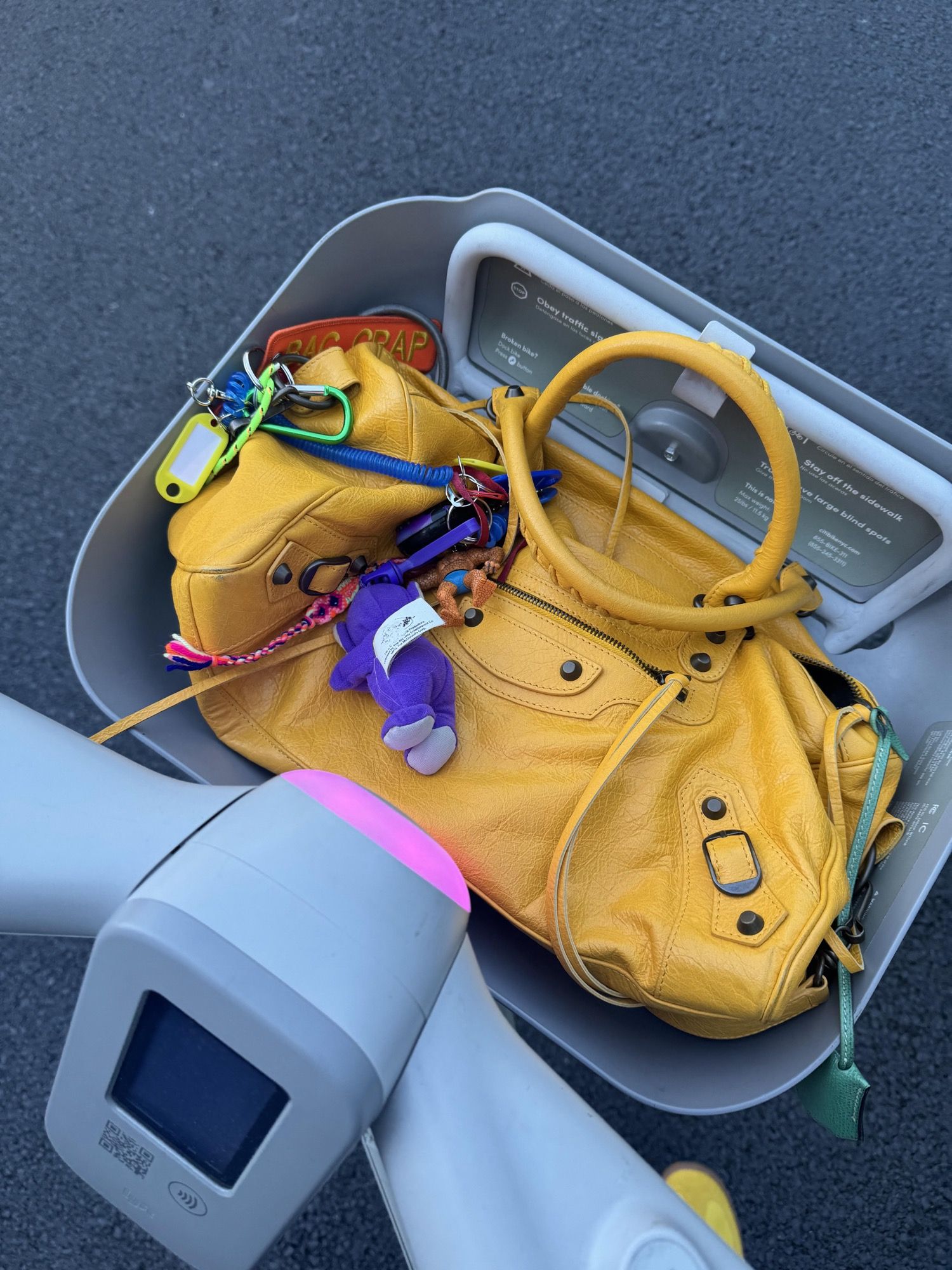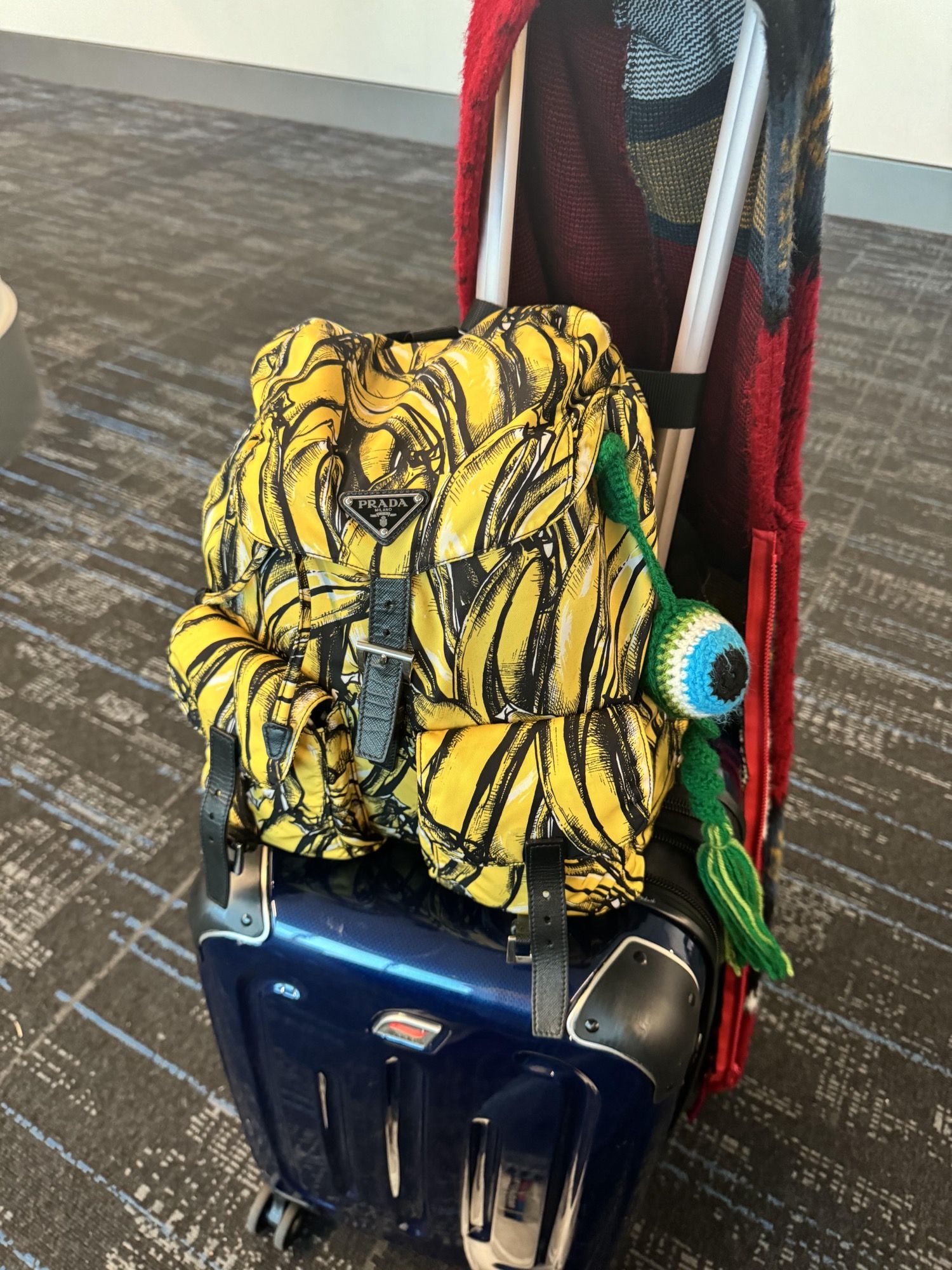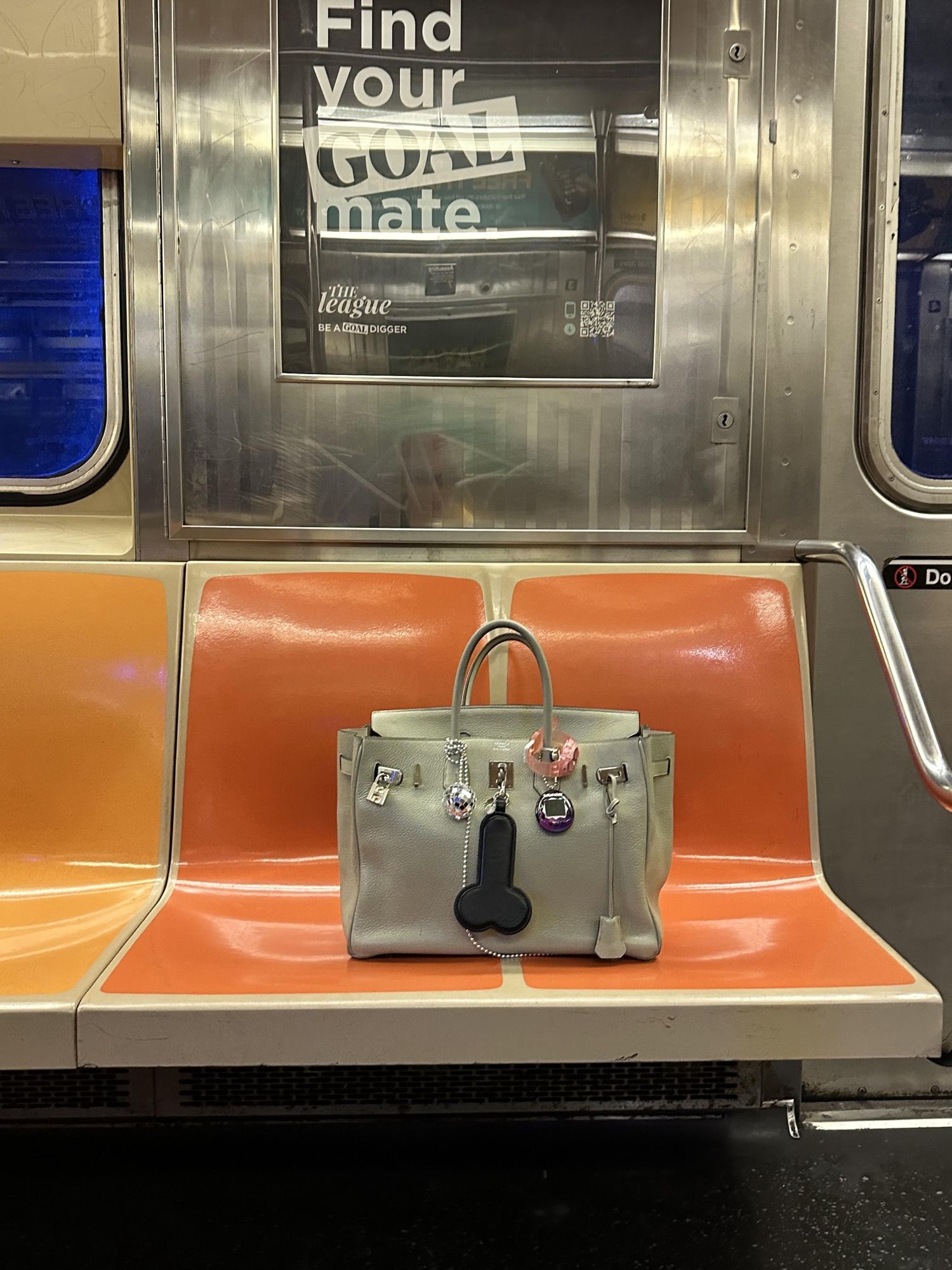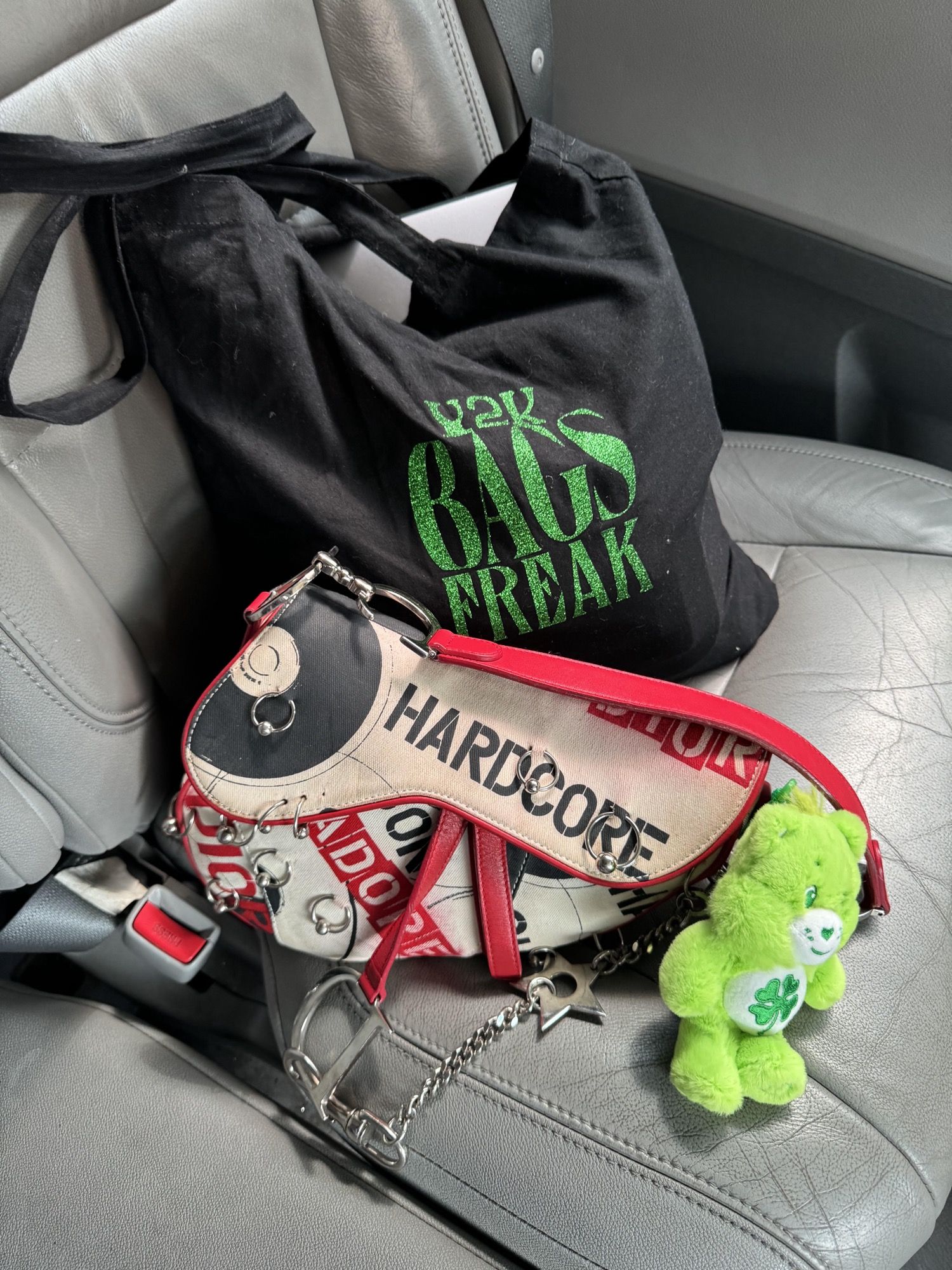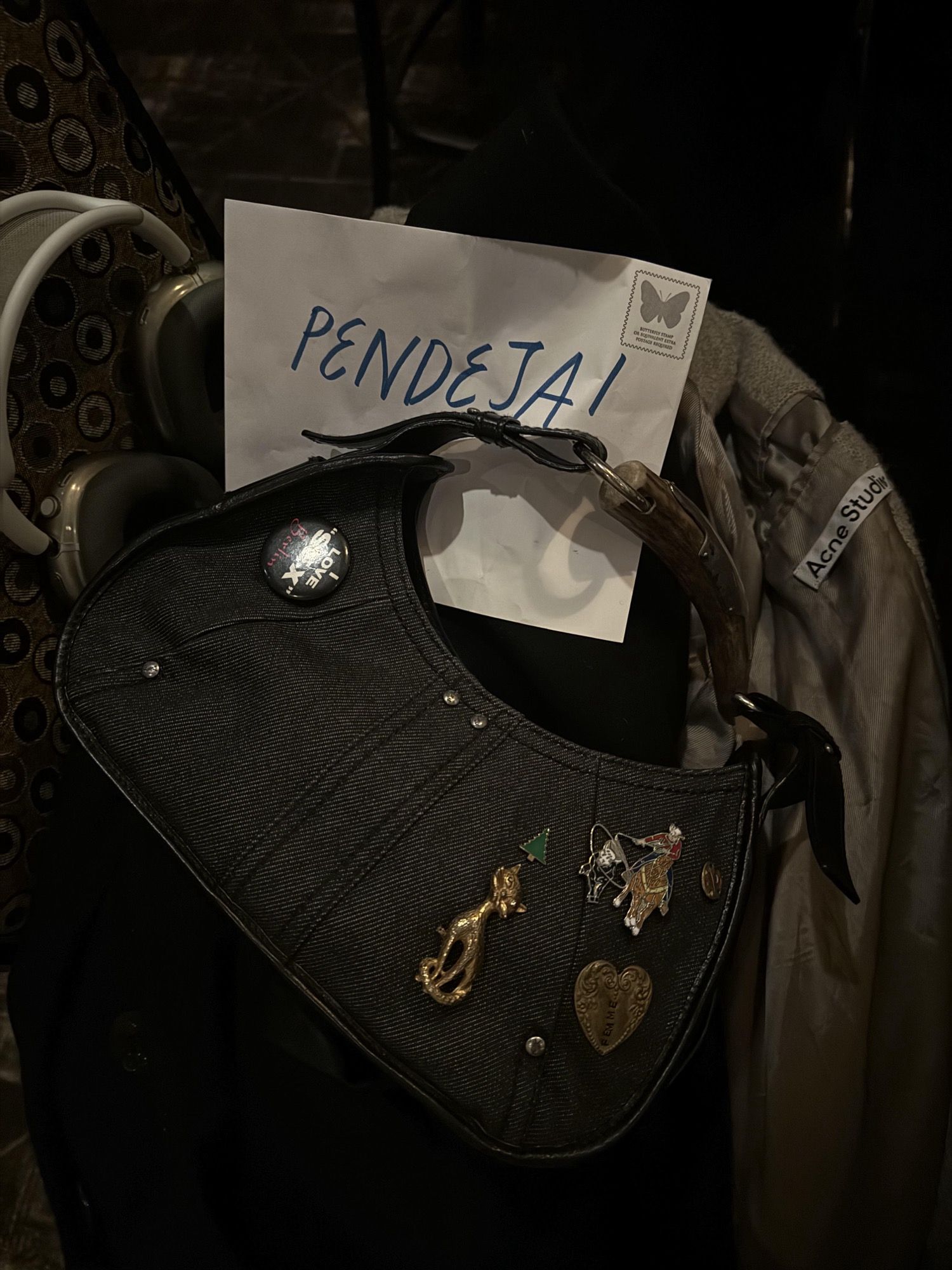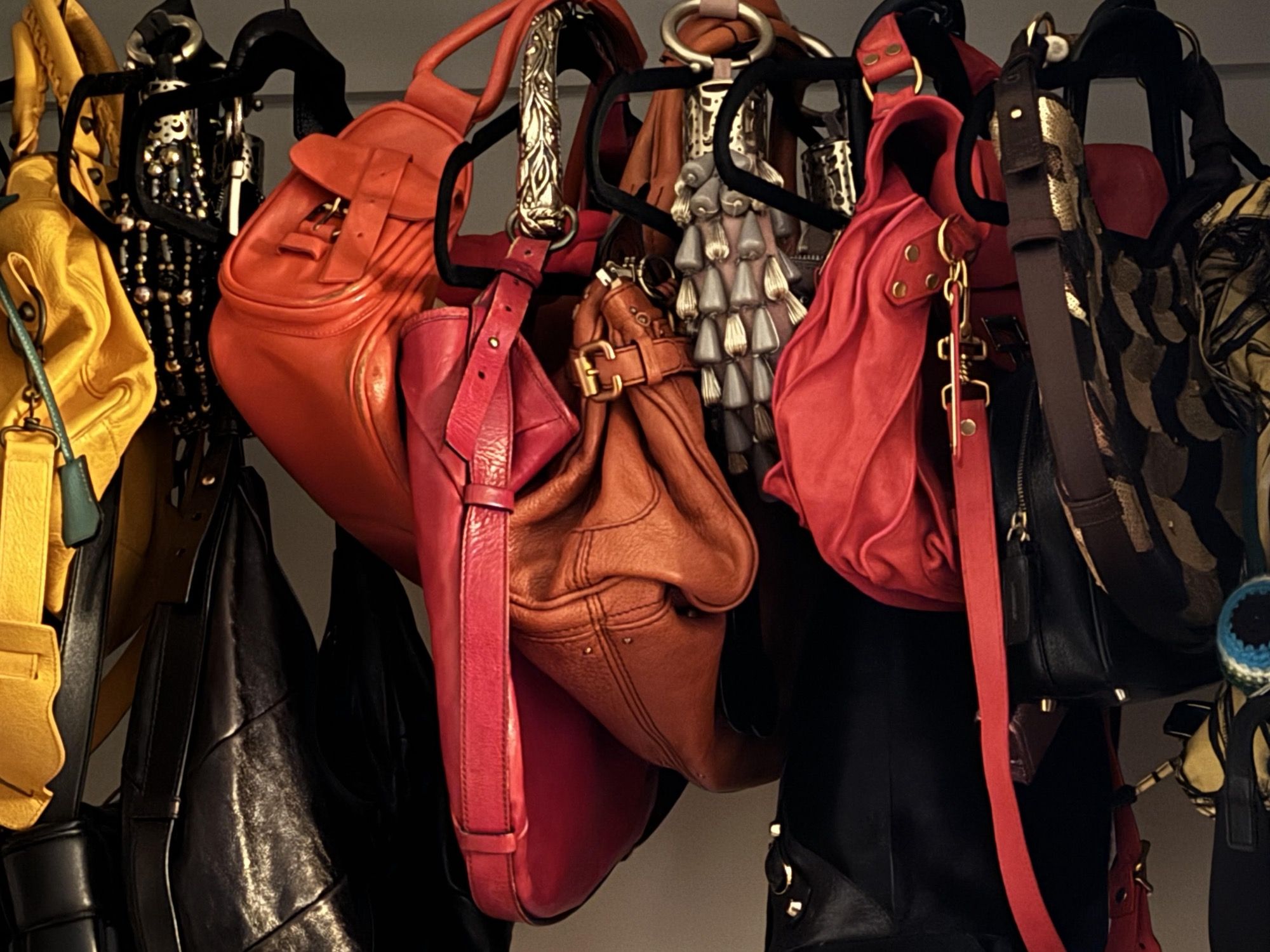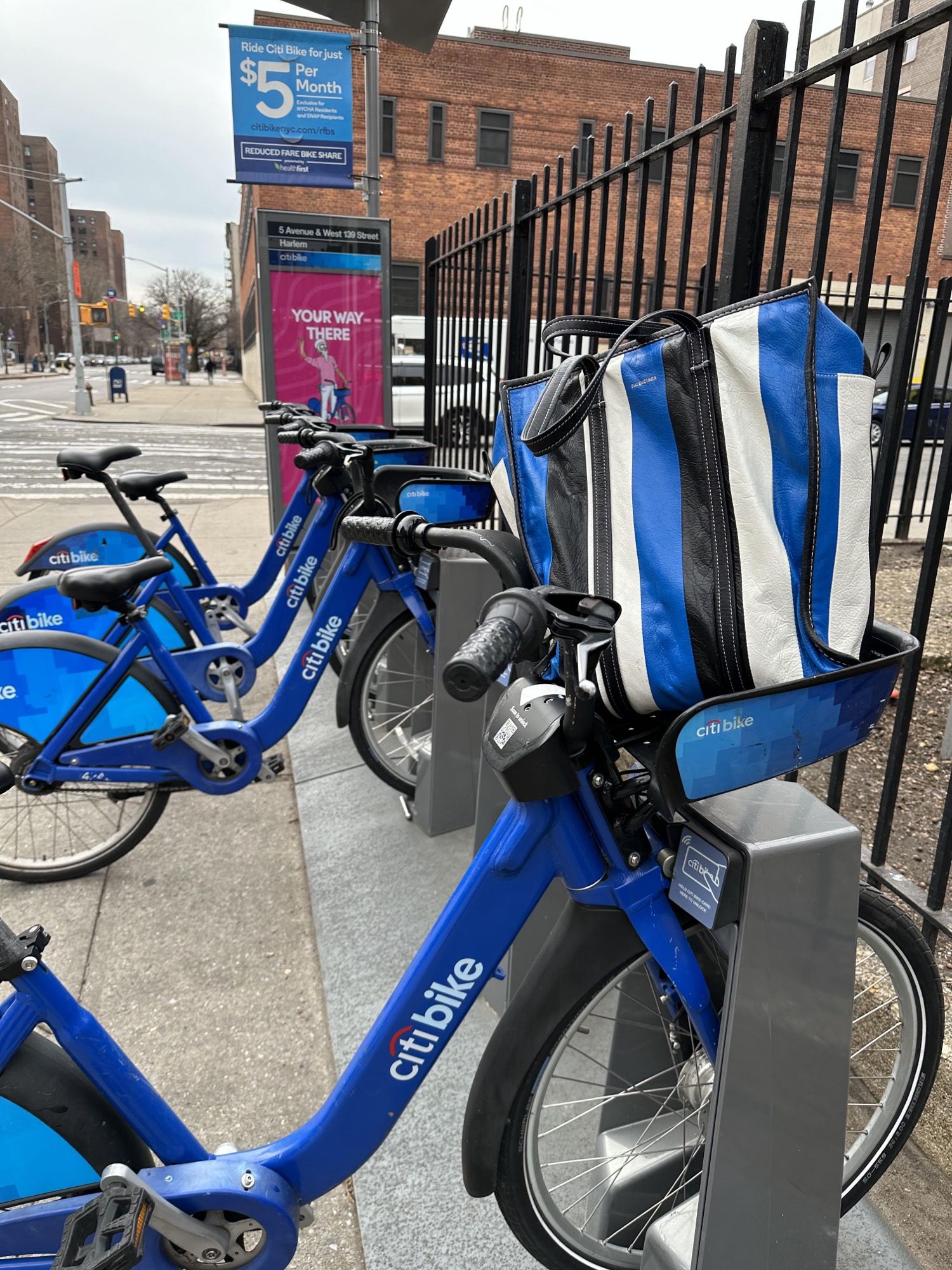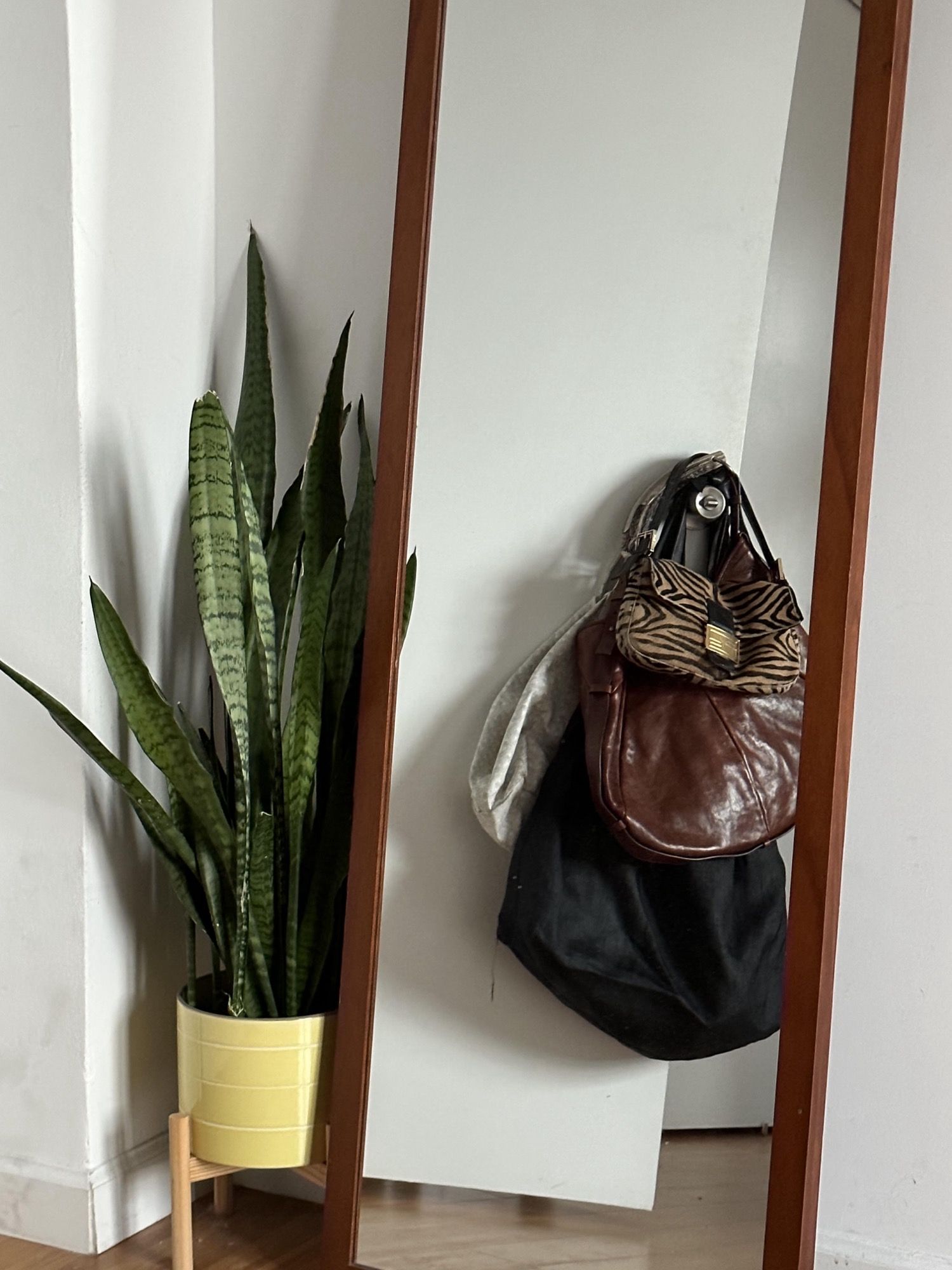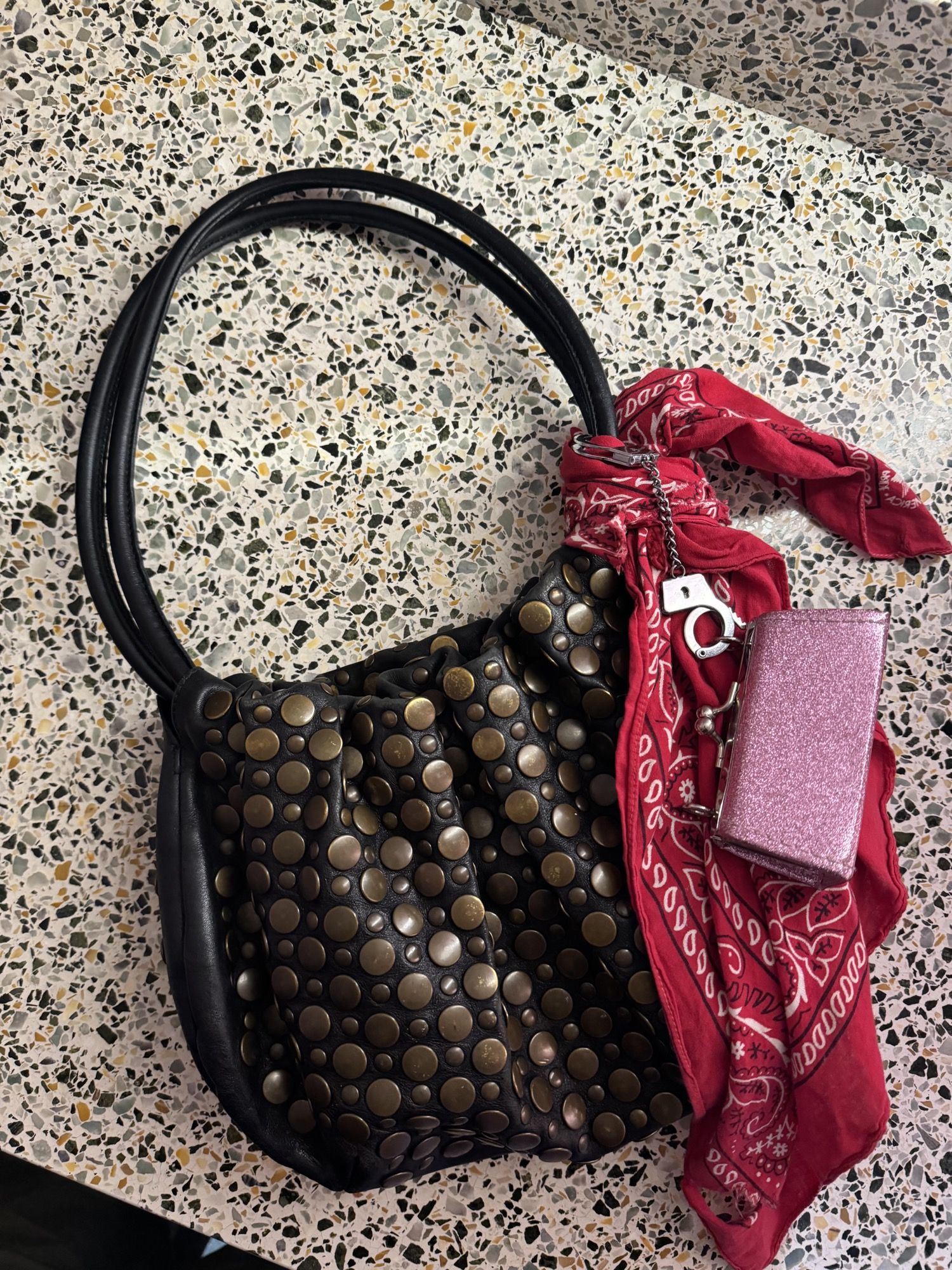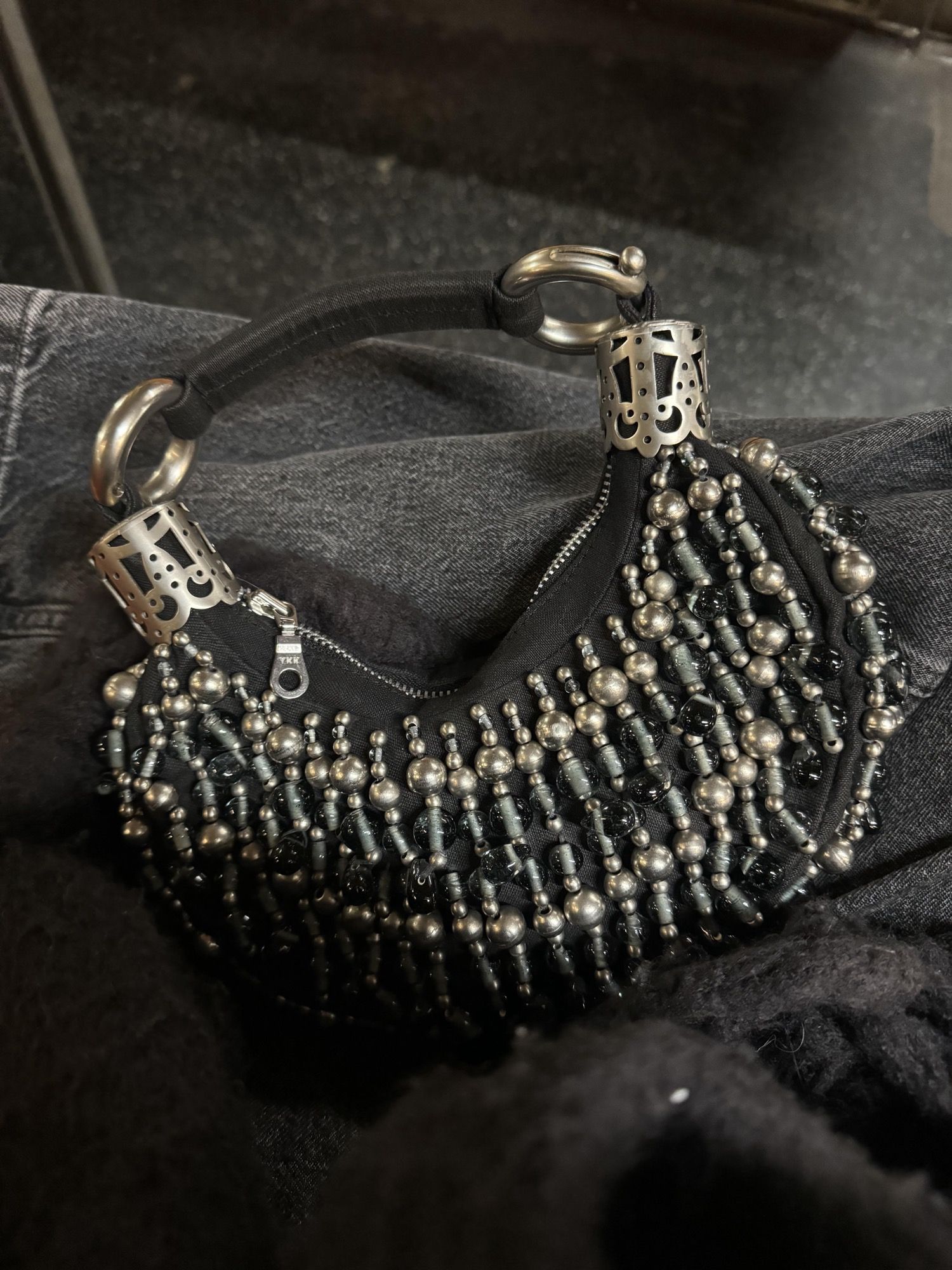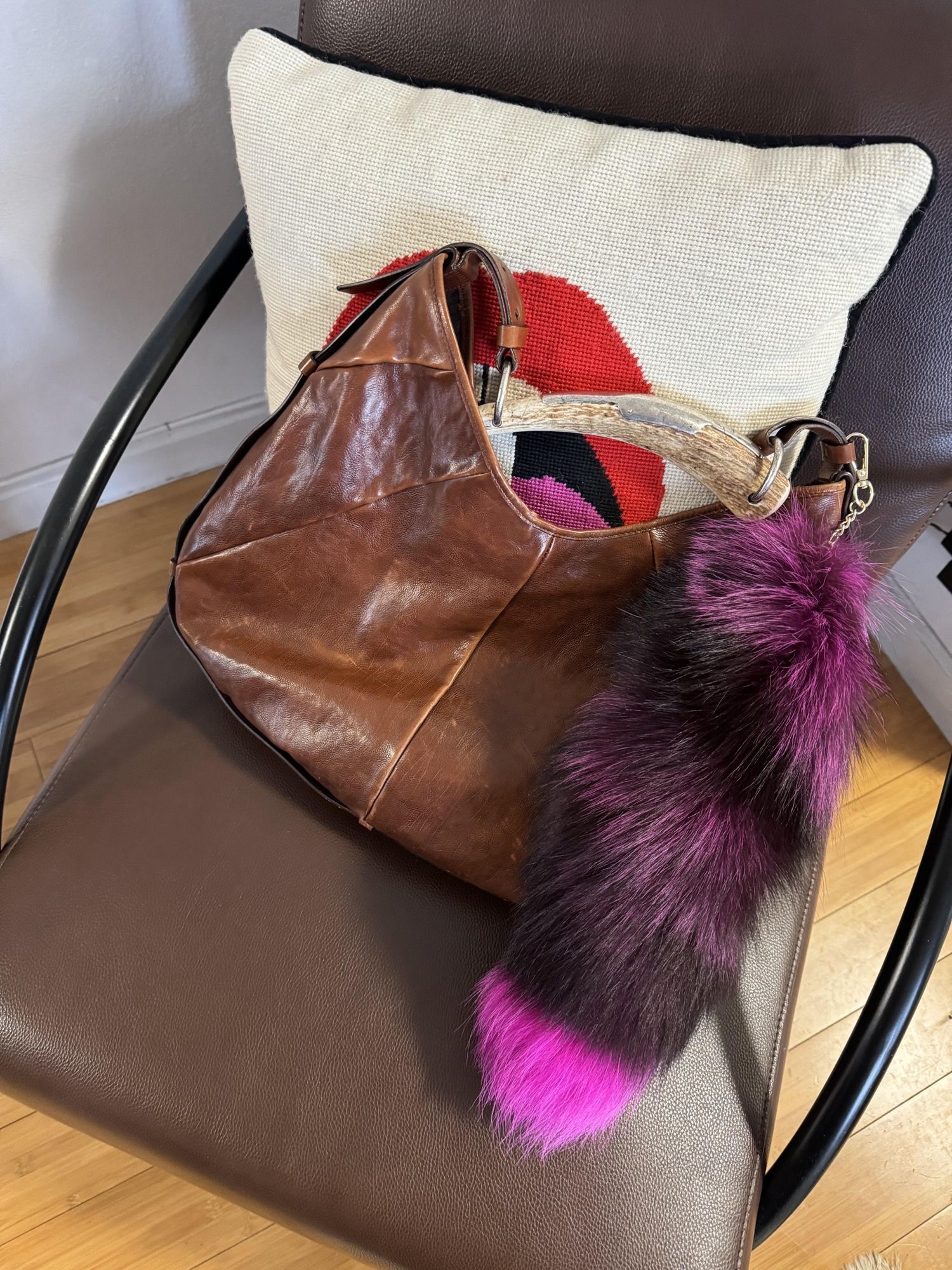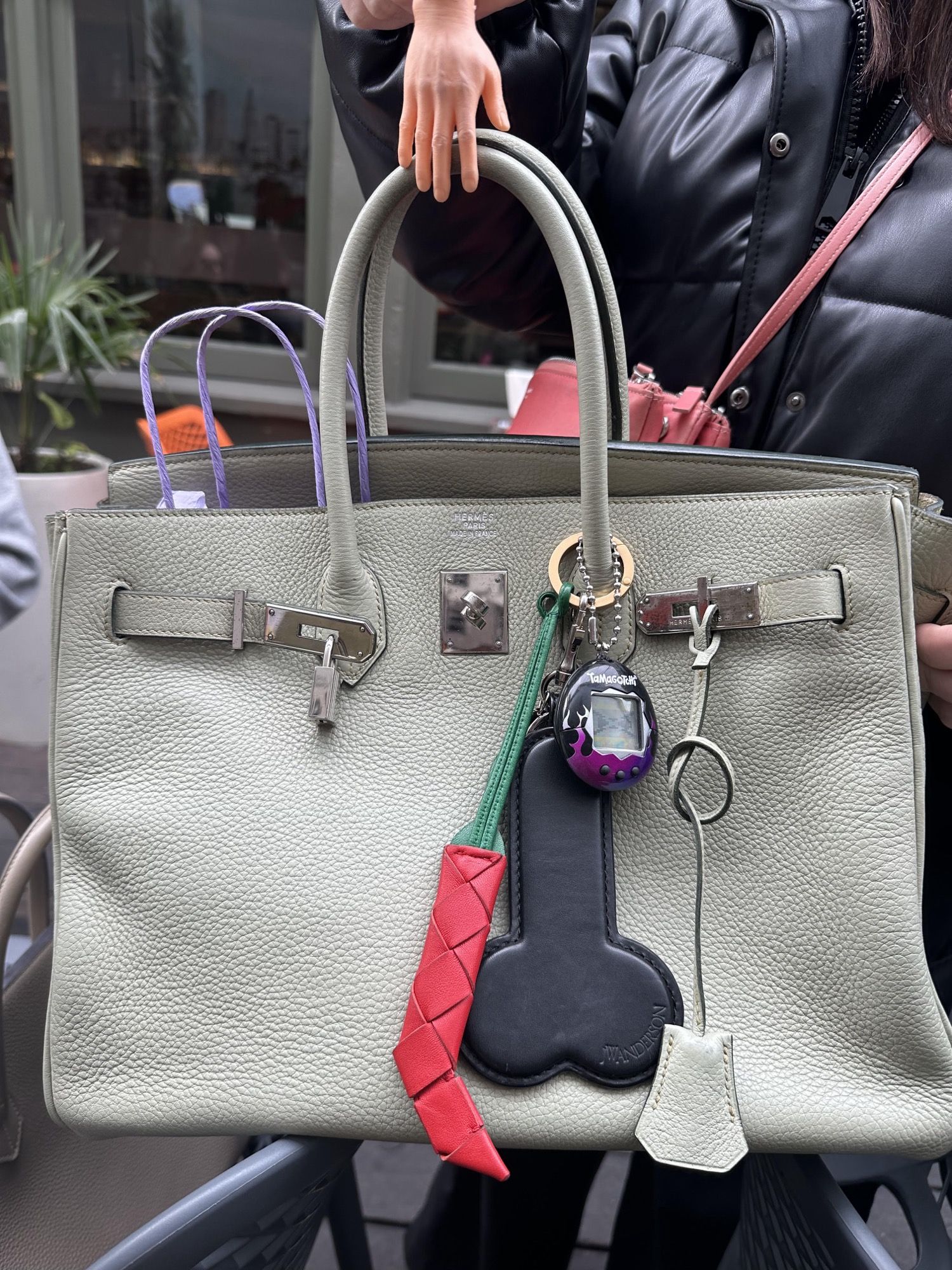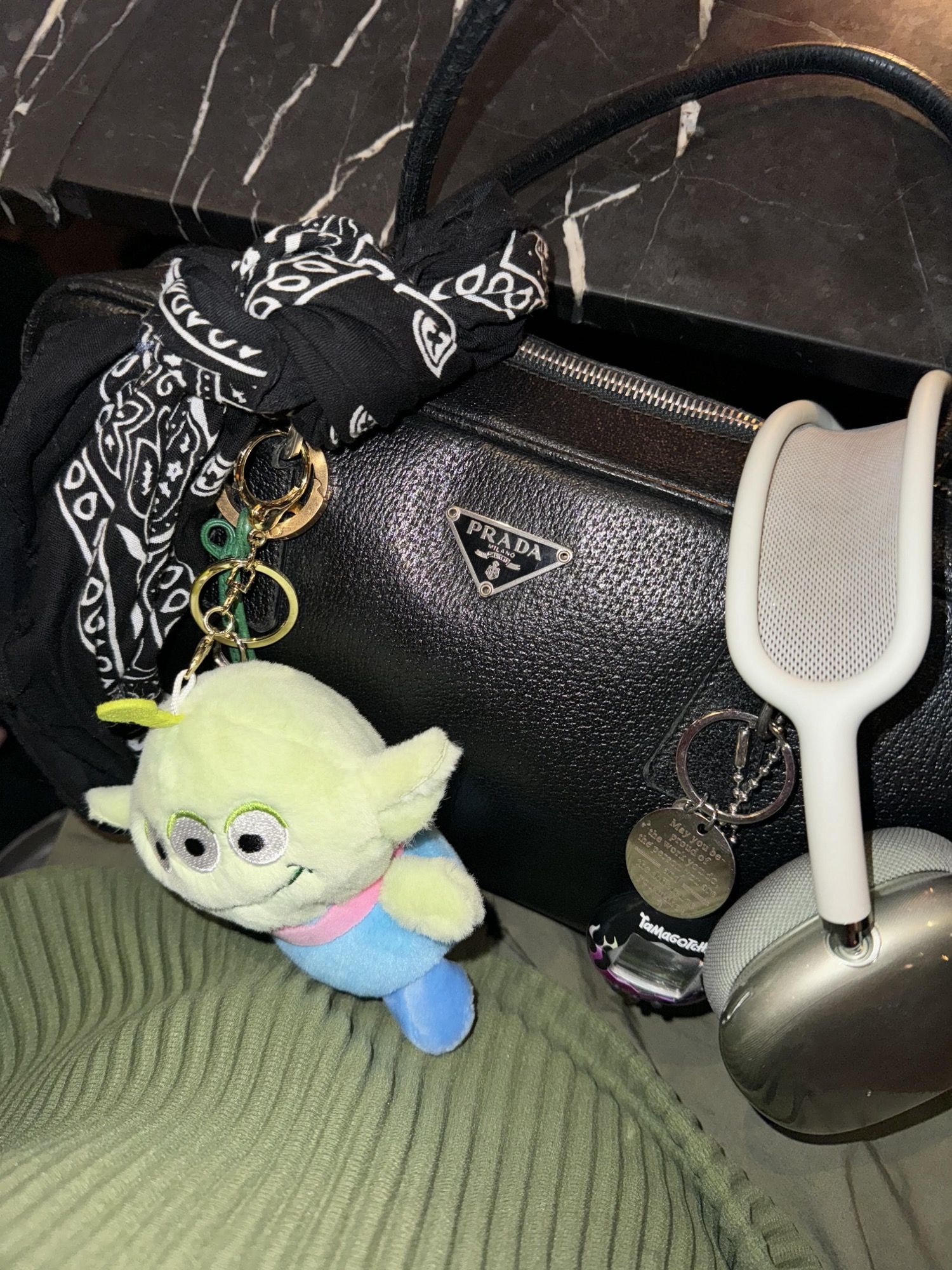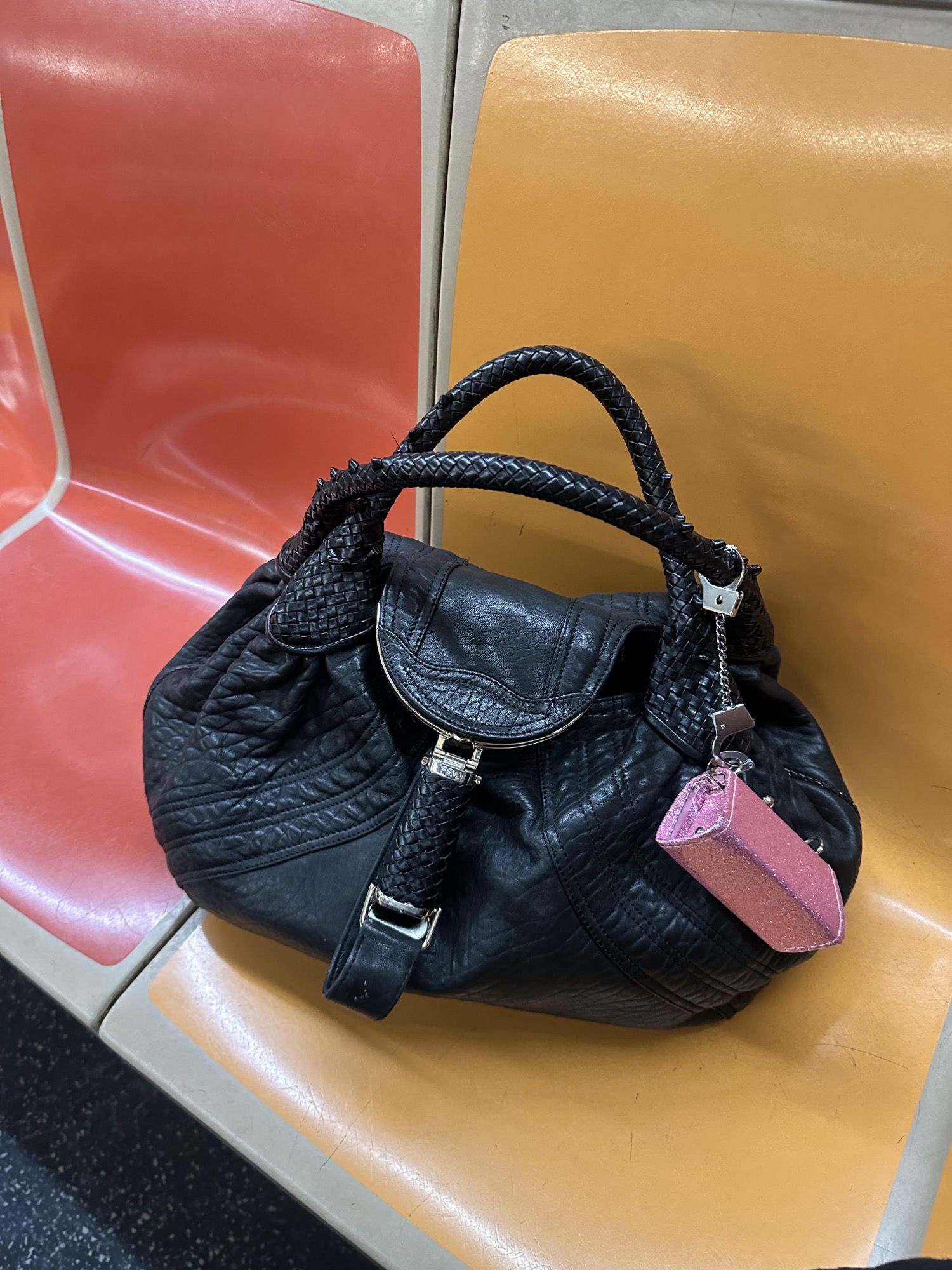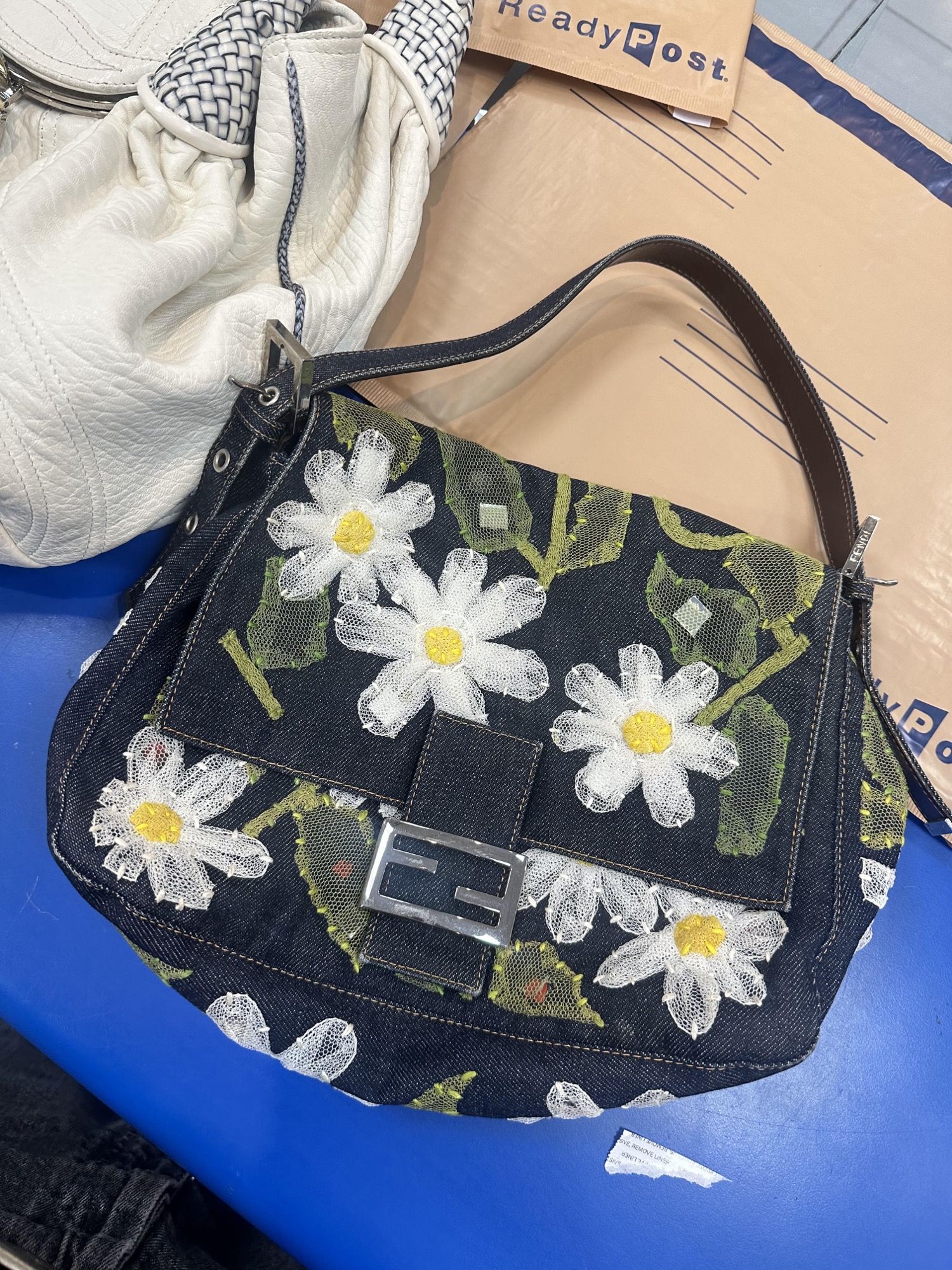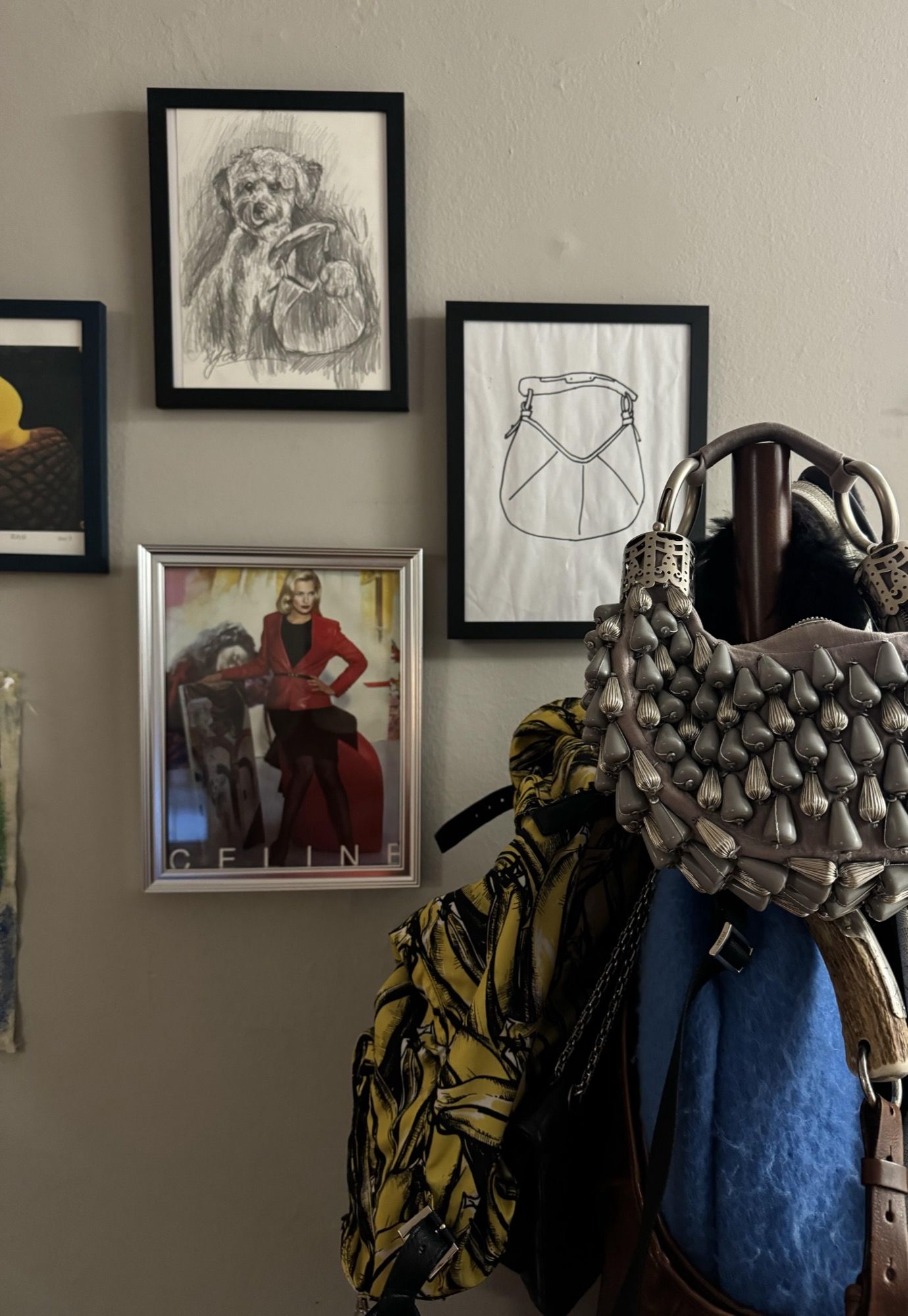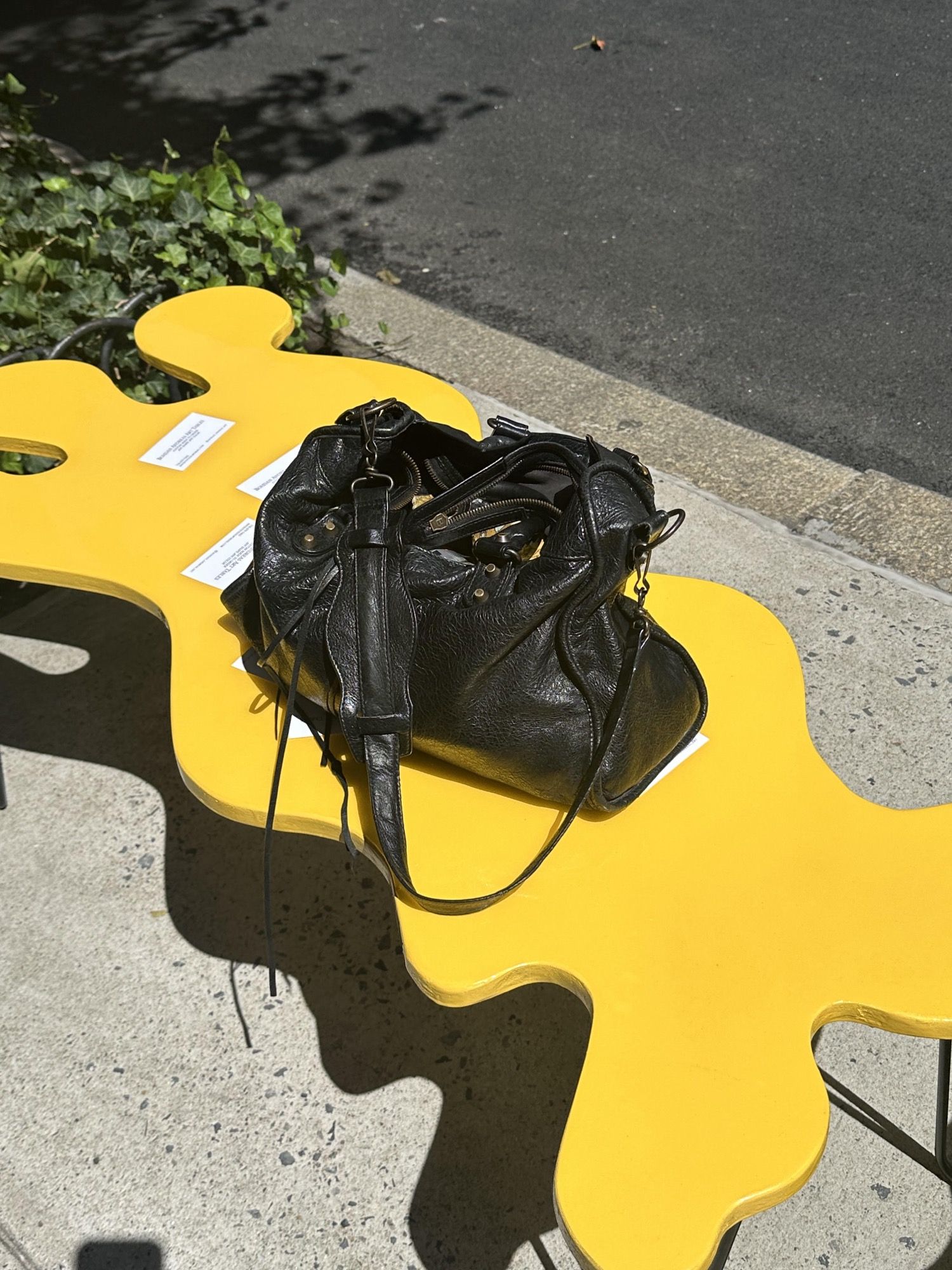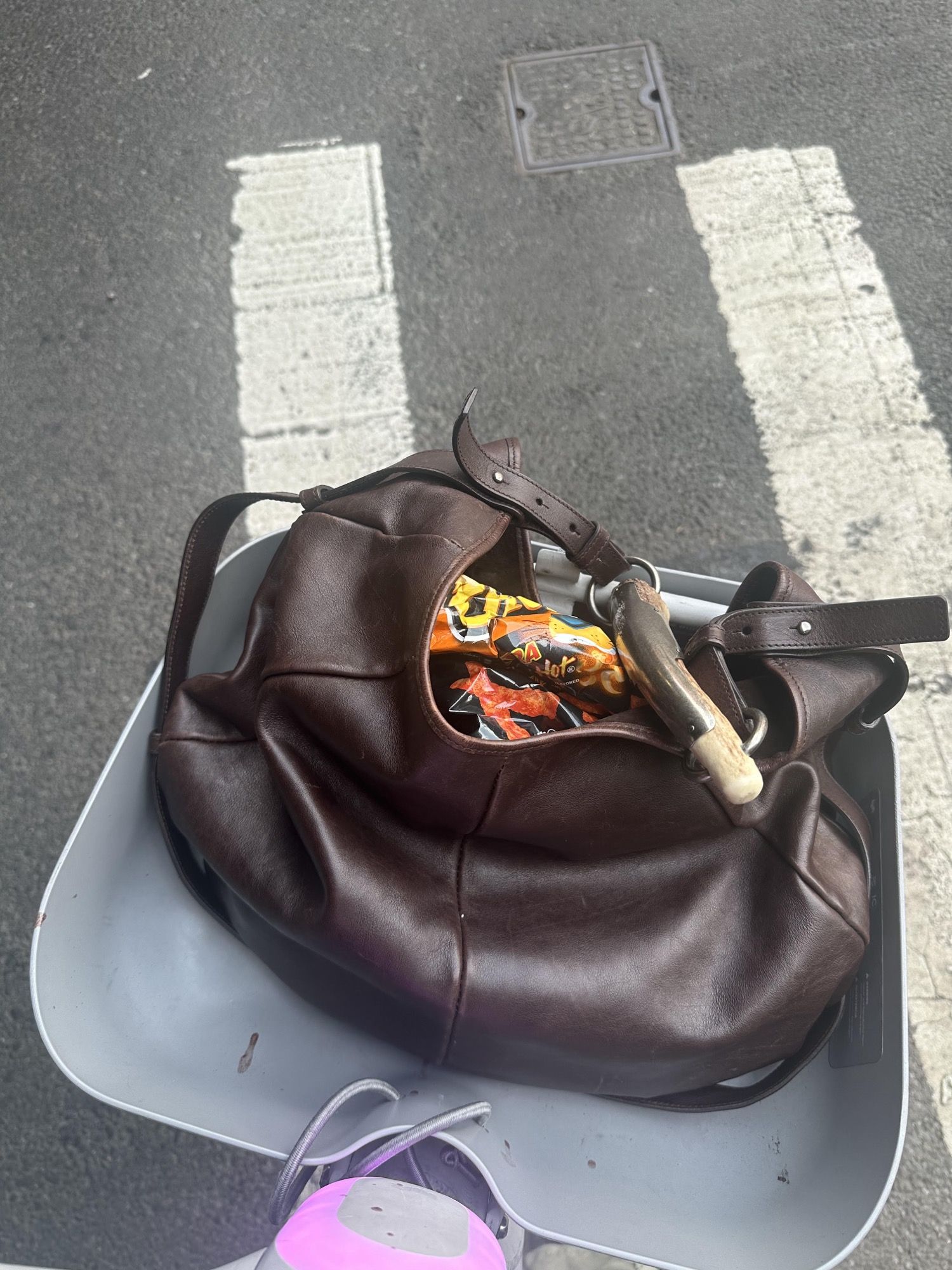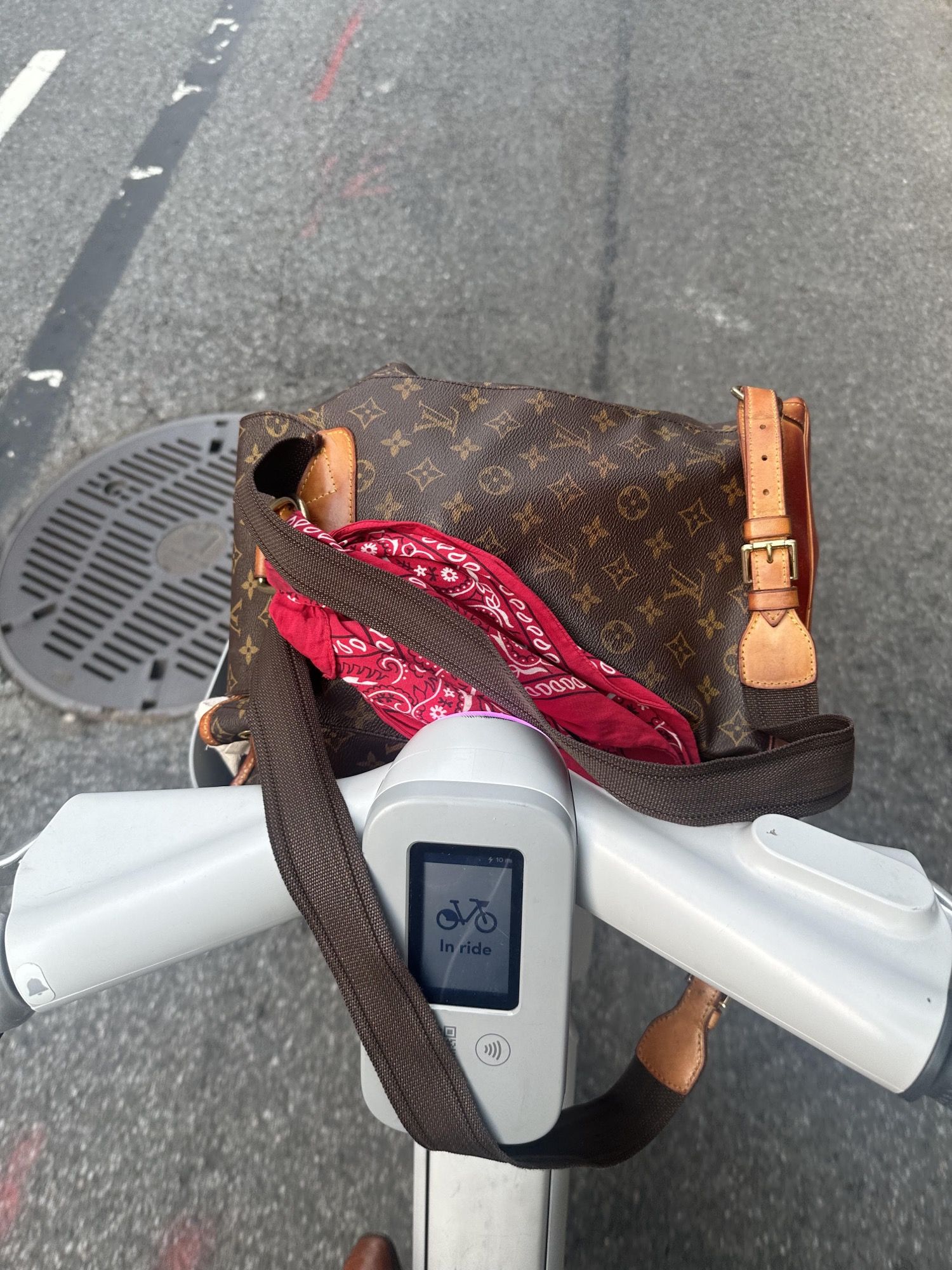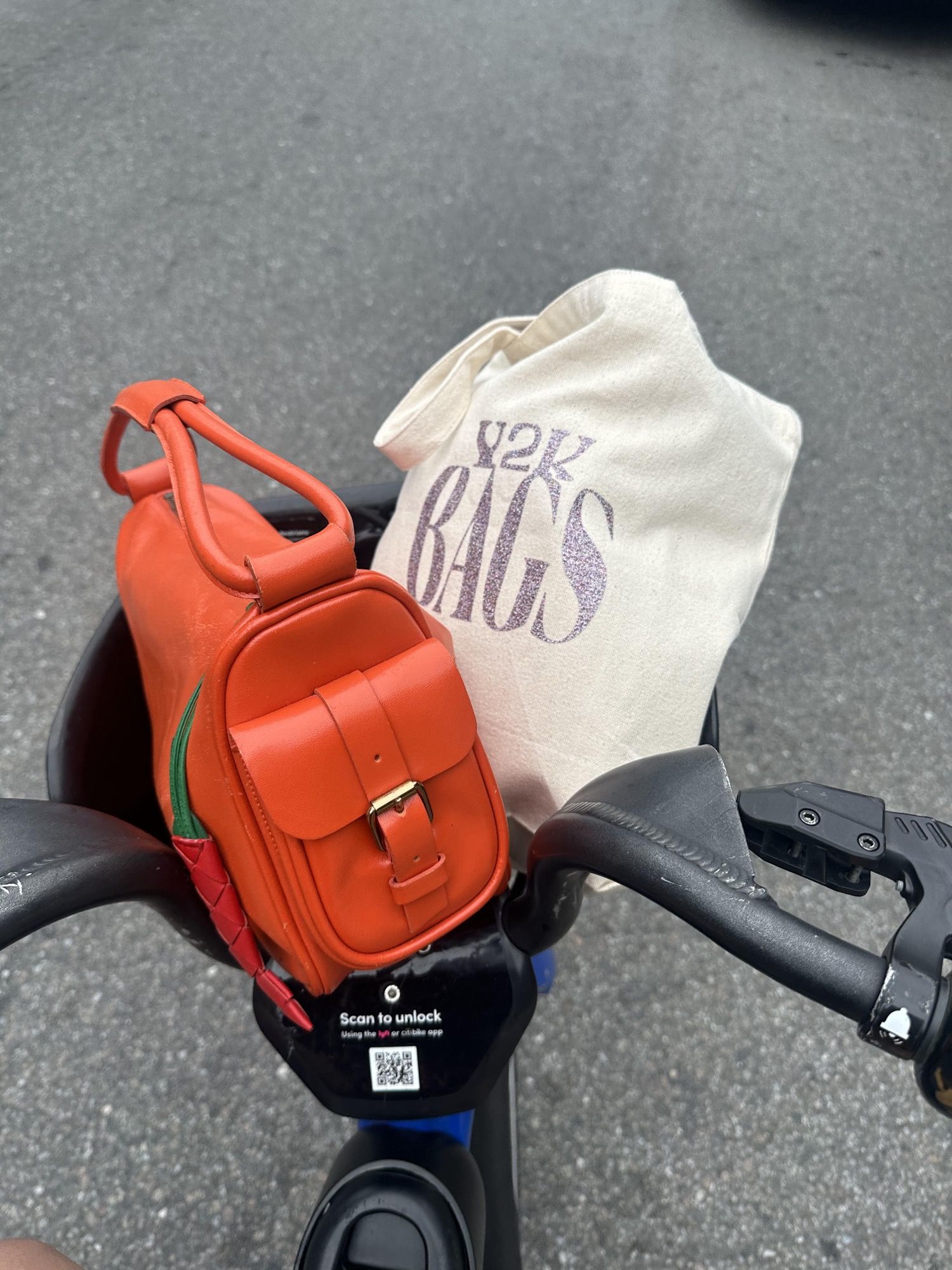
The ultimate guide to archive shopping with @y2Kbags Alejandro R reveals the secrets behind the cult of it-bags

Alejandro R is part of the Millennial demographic that was once reprimanded for spending too much time thinking about pop culture. But back in the early 2000s, by leafing through magazines, studying the looks of Mary-Kate and Ashley Olsen and how they paired their Birkins, Alejandro laid the foundation for a job that almost twenty years later would consume his every thought. The Instagram account @y2Kbags was born this way, the founder explains, from the glossy paper of a new millennium magazine read privately to a digital feed now gathering a community of over 20,000 people. What made the page a guaranteed success was Alejandro's fascination with it-bags, a topic that today falls under the umbrella term “archival fashion.” If by definition we can consider an item vintage when it turns twenty years old, what makes a bag a collectible piece is, in the words of Alejandro, belonging to a period that was «the pinnacle of it-bag culture,» between 2000 and 2009. «Giving handbags iconic names like Paddington, Saddle, City, and Mombasa, creative directors like Nicolas Ghesquière, Tom Ford, Phoebe Philo, Miuccia Prada, Jean Paul Gaultier, Silvia Fendi, Karl Lagerfeld, and John Galliano knew exactly what they were doing.» As well as all the it-girls who flaunted their accessories in front of the paparazzi, we might add.
While the vintage and second-hand fashion sector keeps on growing and gaining new popularity even among less experienced consumers, archival fashion is a whole other story. It infiltrated pop culture back in 2020, when the Pandemic prompted the fashion industry to question its production methods, ultimately inspiring it to revisit past collections. From that year, collaborations between luxury maisons and second-hand resale platforms blossomed, from Gucci and The RealReal, Burberry and My Wardrobe Hq, or the acquisition of 5% of Vestiaire Collective by Kering. The first celebrities who brought the trend to the red carpet were Iris Law, who chose FW03 Versace for London Fashion Week, Emily Ratajkowski, who wore John Galliano's Newspaper dress in New York, and Bella Hadid, who wore a Chanel FW86 look by Karl Lagerfeld in Cannes. While creative directors, designers, and models often rely on the support of experts to find the perfect archival look for their evening, others (like Bella Hadid herself, who had a secret account on Depop) choose to do it themselves. In this case, accounts like @y2kbags offer valuable help in the search - and styling, if you're a fan of 2000s kitsch.
According to Alejandro, 2000s fashion experienced a second renaissance thanks to Millennials, who now have the purchasing power to afford what they couldn't have when they were younger. But he adds: «Anyone who buys archival pieces has a respect for fashion that most people don't, enthusiasts are part of a world that doesn't care if others know what they're wearing; they buy to please themselves and no one else,» an observation that aligns with his personal values when it comes to it-bags. «Anything that is logo-heavy is overrated, unless it's Louis Vuitton Multicolore Monogram or Monogram Denim by the icon Marc Jacobs,» he says. «In my opinion, it kills the outfit. No one is looking at the bag or what you're wearing; all they see is the logo or monogram strategically placed on your body» Not surprisingly, vintage bag enthusiasts aren't shocked by scratches or other signs of wear, in fact they recognise a sort of added value in them, like Jane Birkin did with her namesake Hermés. TikTok calls it Birkinification, the world of archival fashion calls it “lived-in”, with the difference that the former is a byproduct of the social trend cycle, the latter a dressing philosophy celebrating reuse.
Despite the awareness that brands have implemented in recent years in favour of circular fashion representing a positive sign of change for all sustainability and vintage enthusiasts, many luxury maisons have capitalised on the trend, releasing new iterations of archival bags. Whether they're a revisited or copied version, for enthusiasts like Alejandro they do not hold the same cultural weight as the original, nor the material quality. «I appreciate brands tapping into the archives,» he comments. «But the new items are mass-produced on a whole other level, and the markups don't make sense.» It is rare for a boutique shopping experience to excite an archival fashion fan as much as the feeling of satisfaction and euphoria they feel when they hold an original Mombasa for the first time, following several sleepless nights of web-digging. Champagne flutes and velvet armchairs aside, the pleasure of anticipation is more than understandable.
Unlike any trend born on social media, the best way to find the archival bag of your dreams is to move in the dark and make an offer before the item undergoes disheartening markups. Alejandro advises to «be as generic as possible» to find hidden treasures. «In most cases, when purchased on P2P marketplaces or outlets, the items are not described or listed correctly,» although sometimes trying to type specific information like the collection name or the fashion show season in which it was first shown might just help. Aside from Mombasa, Paddington, and Birkin, which for now seem to win the most searches online, Alejandro recommends a couple of names that people tend to forget. «designers like Ungaro, Jean Paul Gaultier, Blumarine, Sonia Rykiel, Galliano, Cesare Paciotti, and DSquared2 made some incredible handbags that are currently underrated and can be found on resale for incredible prices,» he says. For everything else, the gatekeeping golden rule of «if you know, you know» still applies.










































